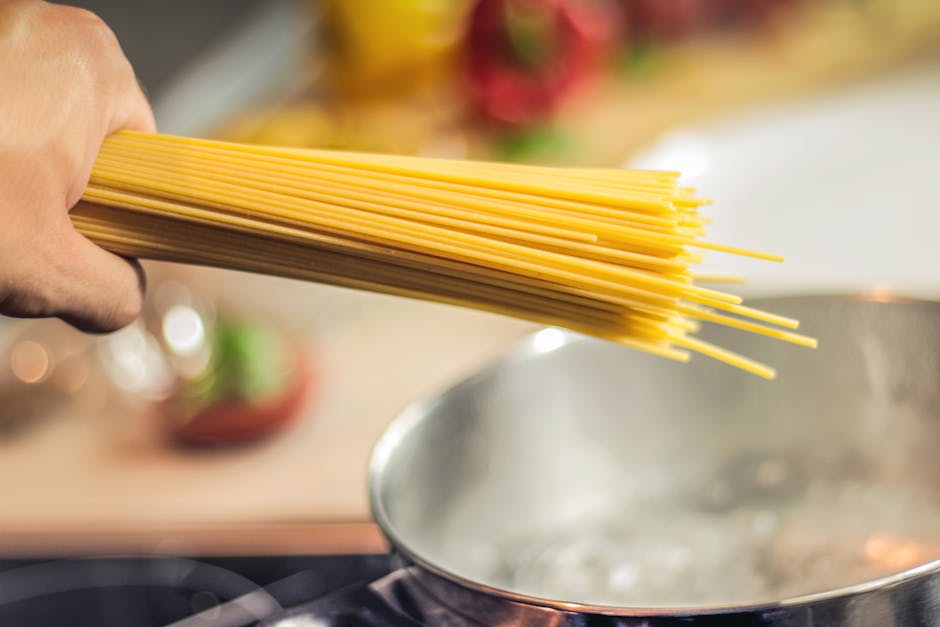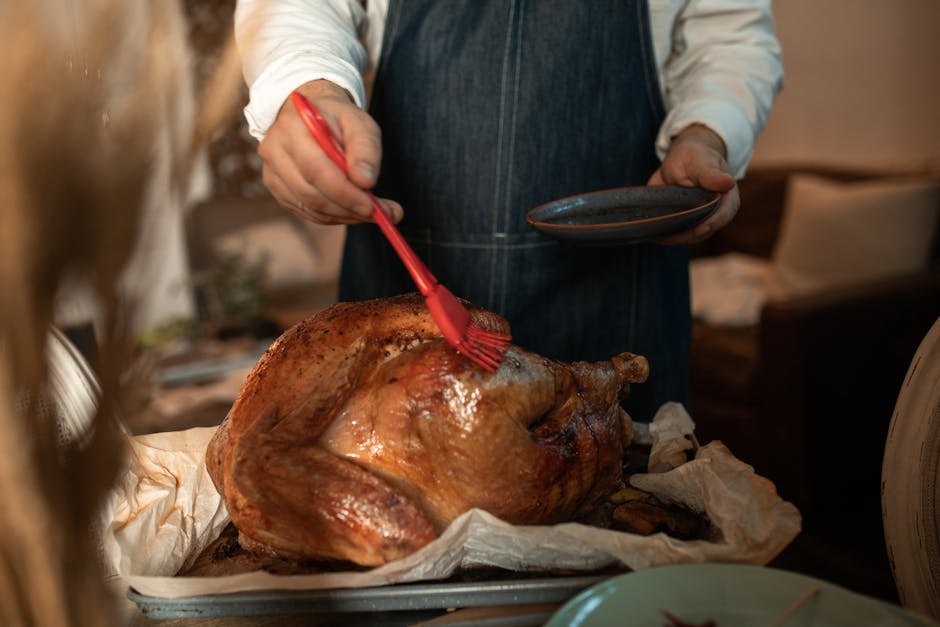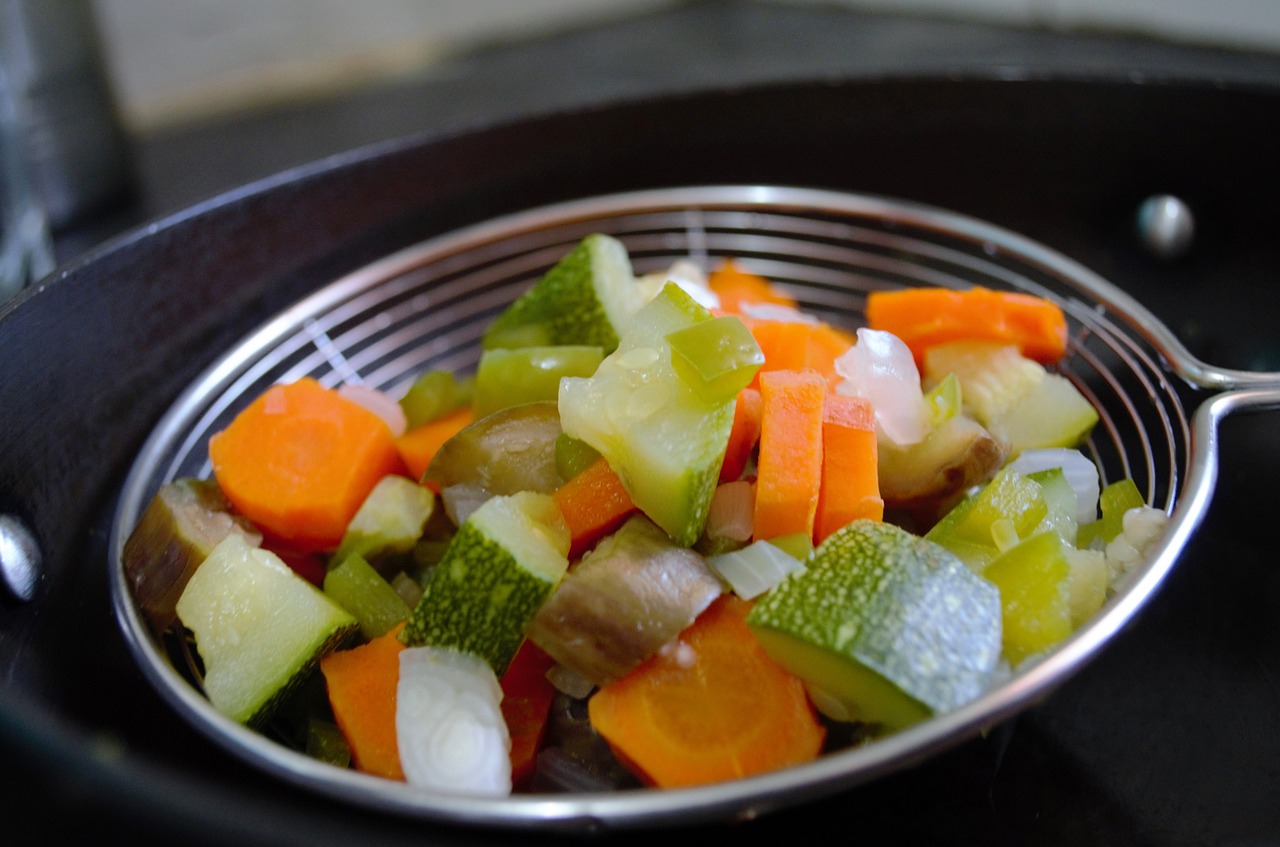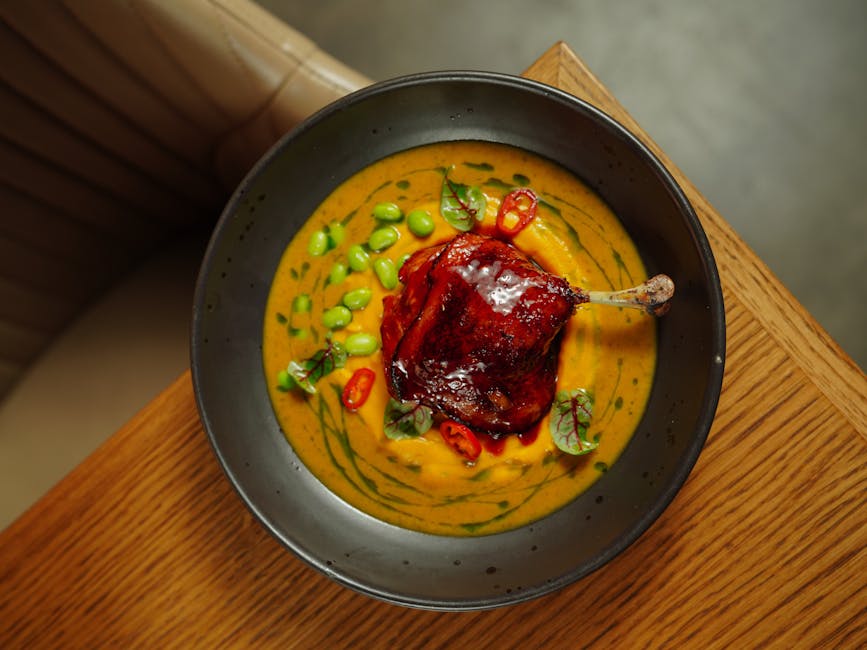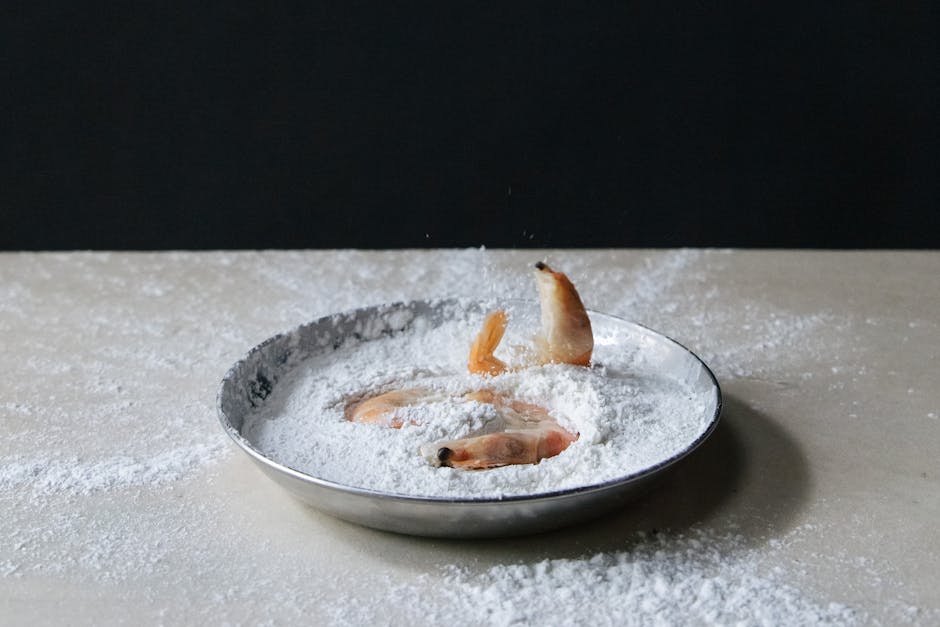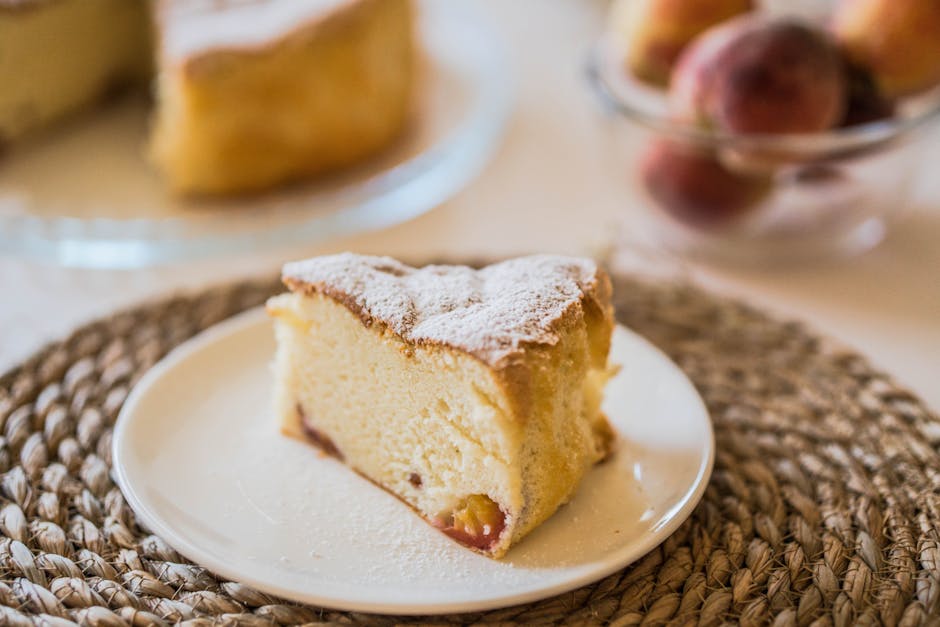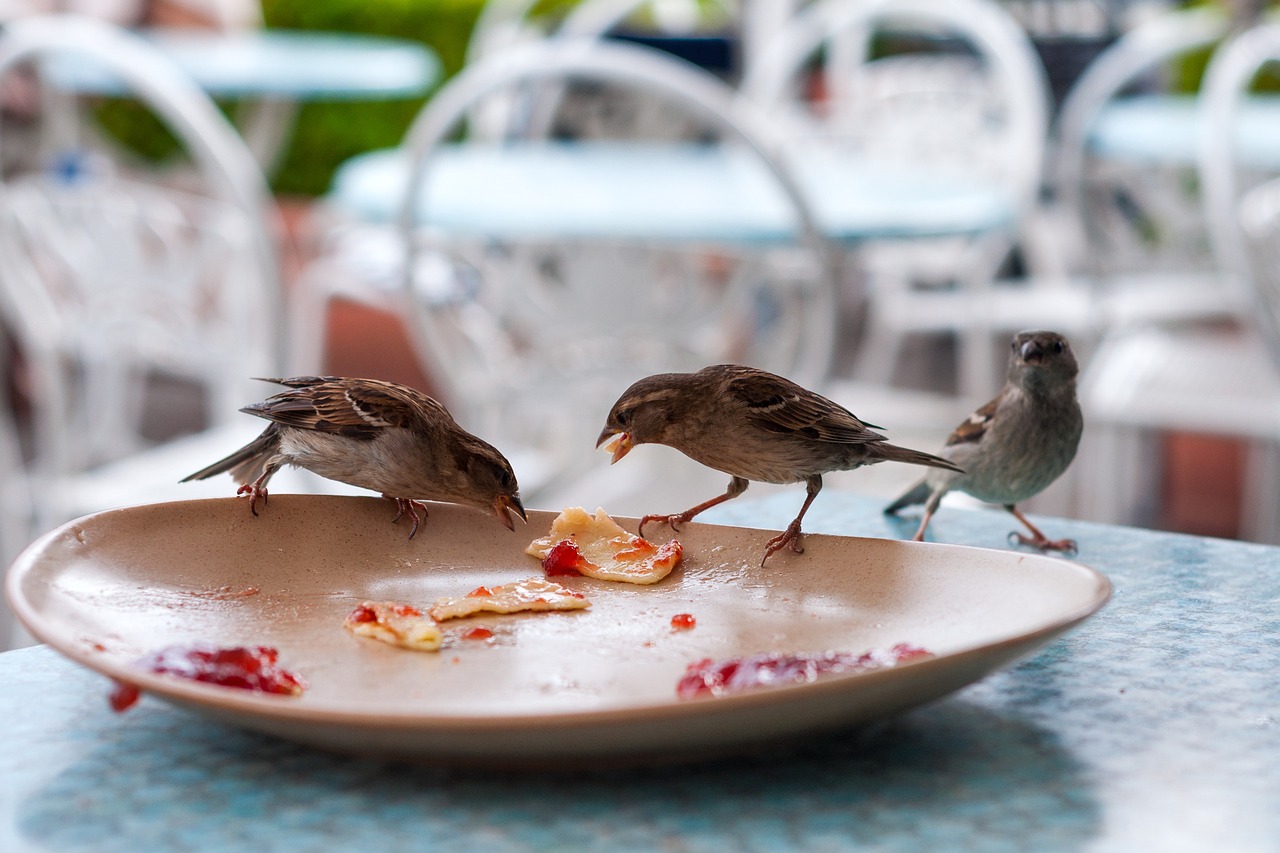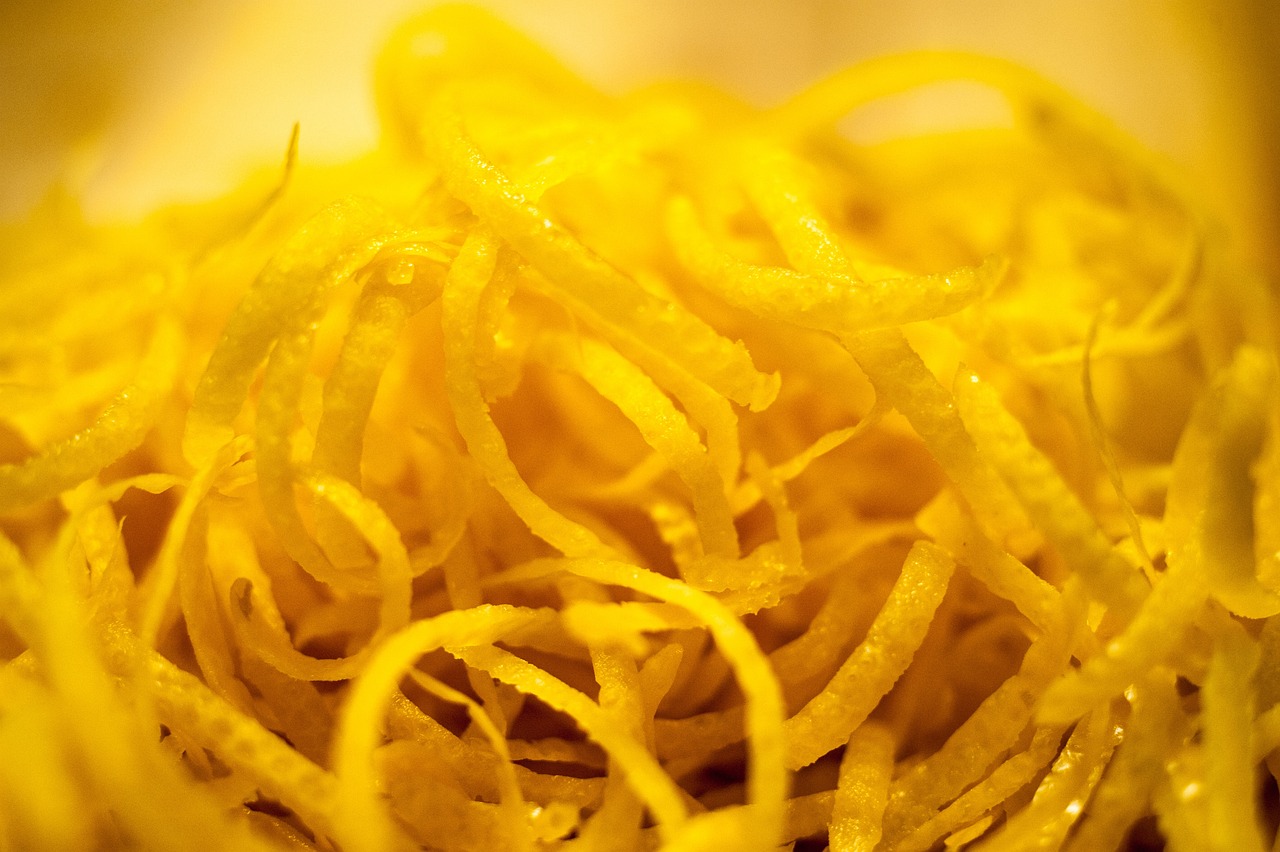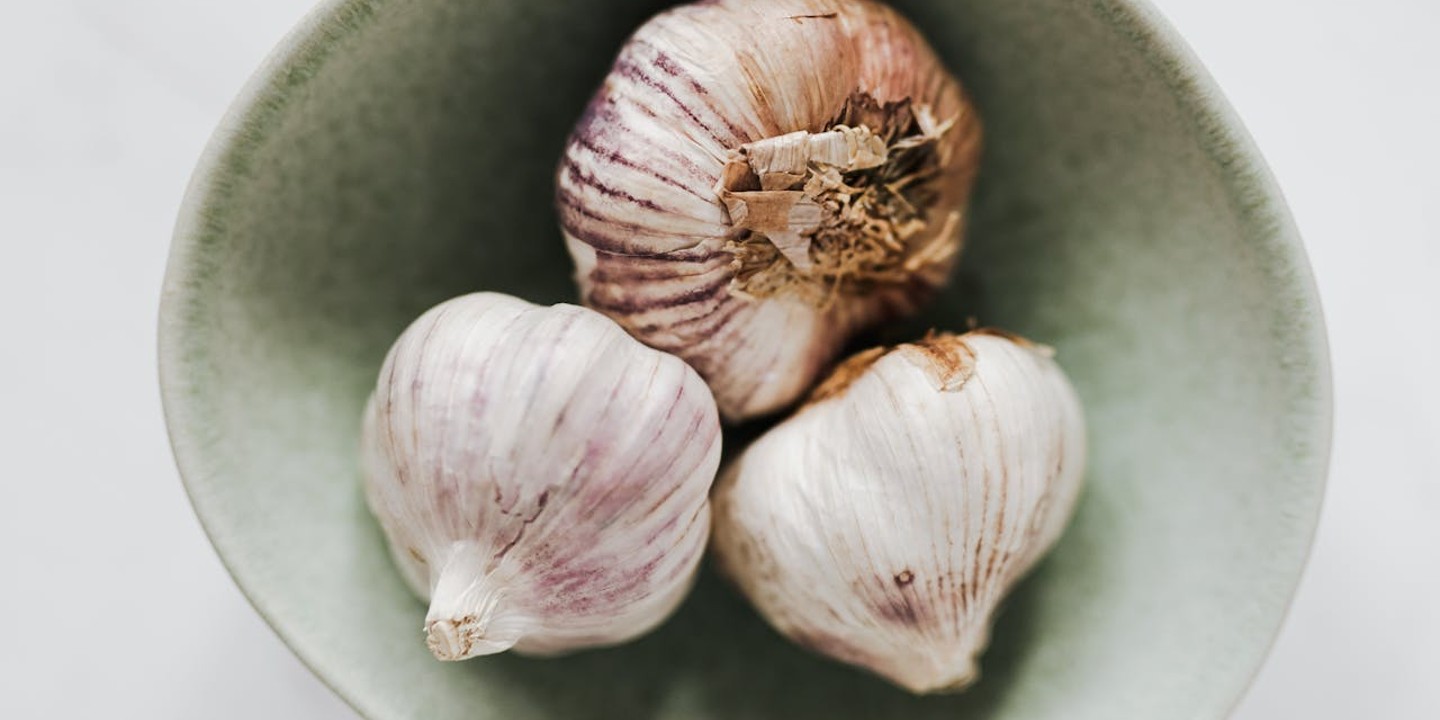Spice Up Your Culinary Vocabulary!
Did you know that there are more than 100 words chefs use in the culinary world? Gone are the days you only know the word "cook". From chiffonade to in the weeds, here are 20 different terms you can use the next time you're fixing something up in the kitchen.
1. A La Carte
While some restaurants—typically fine dining establishments—offer set menus at a fixed price, you can ask for an a la carte menu if you want to order items individually. French for "by the card," you can say this next time to your waiter to indicate that you'd like to order dishes separately.
2. Al Dente
If you regularly cook or eat pasta, you likely already know this term. Meaning "to the tooth" in Italian, al dente pasta has a bite to its consistency, where it's not too firm or soft.
3. Au Sec
If you're making sauce for a dish and need to simmer it until it's almost dry or thickened, that's au sec. "Nearly dry" is the direct translation in French. You'll sometimes see this term in recipes when asked to reduce a liquid to au sec.
 Photo By: Kaboompics.com on Pexels
Photo By: Kaboompics.com on Pexels
4. Baste
Basting refers to spooning melted fat, juices, or sauce over meat as you're cooking. This helps keep it moist and ultimately more flavorful as it soaks up the liquid.
5. Blanch
When you quickly boil something—usually a fruit or vegetable—before submerging it in an ice bath, that's blanching. It's a method often used to immediately stop the cooking process so that the food preserves its texture, color, and flavor.
6. Broil
Not to be mistaken with "boil," broiling is cooking food in direct heat. Thin cuts of meat or anything you only want the top or surface to be cooked is broiling. This is different from grilling, where food is cooked on both sides, and the heat source comes from the bottom.
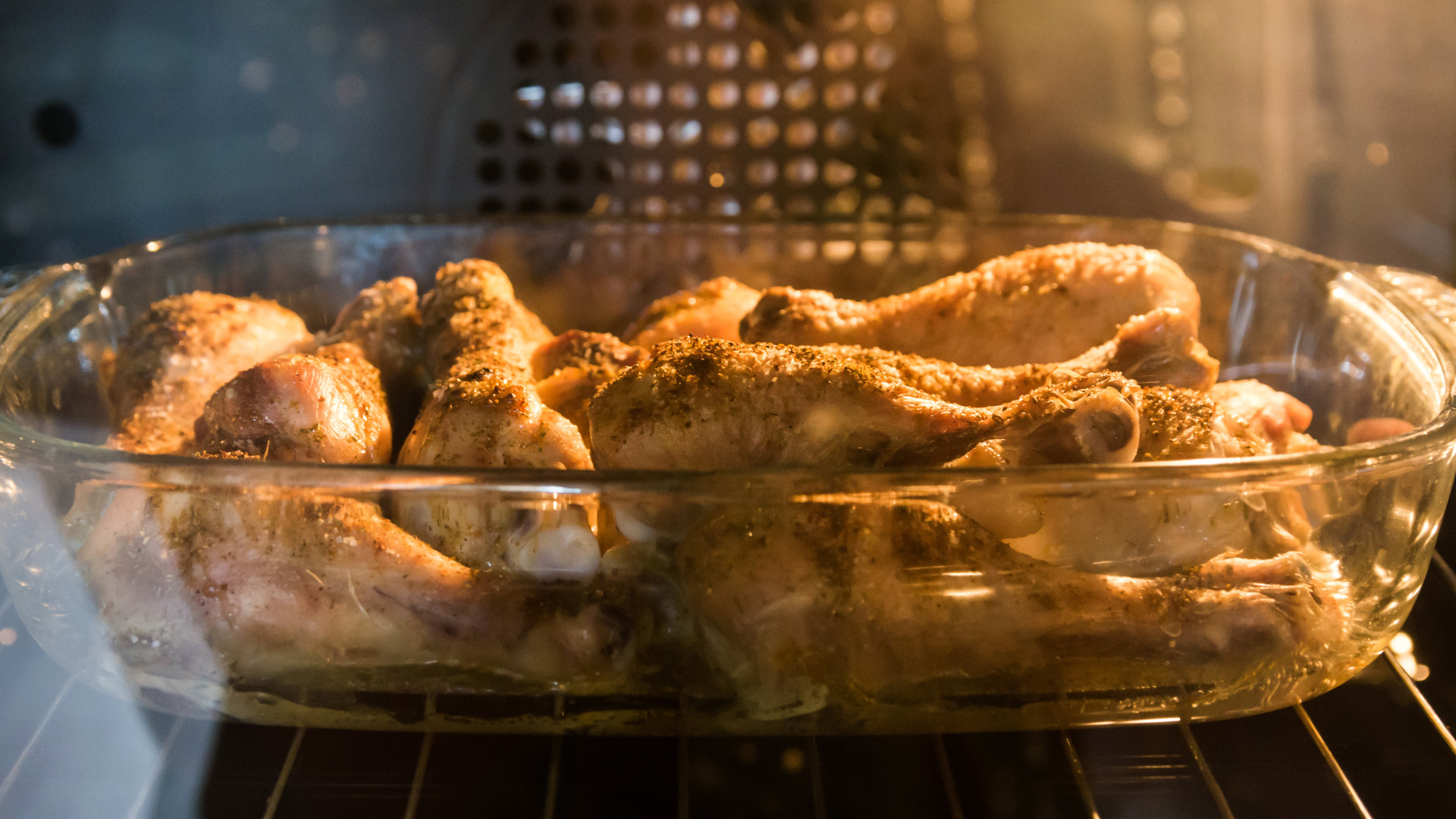 Vyacheslav Argenberg on Wikimedia
Vyacheslav Argenberg on Wikimedia
7. Chiffonade
Chiffonade is finely slicing greens, herbs, or other vegetables for garnish. A French knife technique, you'll do this when you want to cut leafy greens into long, ribbon-like strips.
8. Coddle
You'll often see this in reference to eggs, but coddling means to place food in water that's just below boiling. For eggs, they can either be cooked in or out of their shells, and this method heats them gently.
9. Concasse
Concasse means to roughly chop something, such as a fruit or vegetable. Tomato concasse, on the other hand, means to peel and core out the seeds before dicing them.
10. Confit
Though often used when cooking duck, confit is a term that refers to braising any type of meat in its own fat.
This not only helps infuse (and preserve) the flavor into the meat but also keeps it tender.
11. Dredge
When you coat pieces of food in breadcrumbs or any other dry ingredient before frying, that's dredging. It's a method that ensures even cooking and adds crunch and texture to your dish.
12. Dust
To lightly sprinkle powder, spices, or sugar on top of something is to dust it. You'll typically use this term to describe dusting a surface with flour (to prevent dough from sticking) or dusting baked goods with sugar.
13. Flambe
If you've ever seen this method or you've tried it yourself, you'll know that it can look dramatic—and maybe a little frightening. Flambeing involves adding alcohol to a heated pan, which creates a burst of flames. As the liquor reduces, it enhances the flavor and complexity of your dish.
14. In The Weeds
Used by those in the food and restaurant industry, you're "in the weeds" when you're tied up or busy with something. Both chefs and servers may say this, especially during times when they're overwhelmed or swamped with orders.
15. Julienne
Julienning an ingredient, such as a cucumber or carrot, means to finely slice it into thin strips. Because these cuts are usually blocky or square in shape, this technique is also known as the "matchstick cut".
16. Macerate
Similar to marinating, macerating food means softening it in liquid so that it absorbs the flavor of that liquid.
It's a method you might see used for fruits when soaked in a sweetener such as honey or maple syrup.
17. Ort
A small piece of food left over post-meal is called an ort. Next time you have bits of leftovers, refer to them as orts!
18. Render
When you melt and break down the fat out of cuts of meat on low heat, that process is called rendering. This technique helps to either remove fat by straining it away, or to repurpose it for another dish.
19. Scald
Scalding refers to heating a liquid, like milk, just until it bubbles and before it reaches the boiling point. In baking, recipes will call for scalded milk for various reasons, but it's usually to either help yeast rise quicker or to add flavor.
20. Zest
To zest is to grate the outer layer of a citrus fruit—such as lemon, orange, or lime—in order to garnish food or give it a little zing. Because the peel contains oils, scraping it away also adds aroma to a dish.




